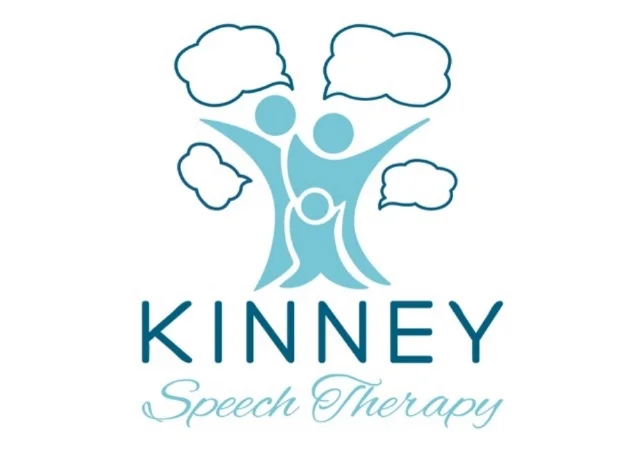There is an excellent article on the ASHA Leader's Blog by SLP Rebecca Eisenberg with tips on how to use Disney characters to improve language and social interaction, titled "Using Disney to Encourage Communication and Engagement". The link to that blog post can be found below.
What I love about this article is that these tips can be applied to any movie or TV show characters and their associated media and merchandise, and because using materials that motivate children leads to increased success. A child always learns better and is more engaged when they are having fun and are really interested!
Here is a summary of some different ways you can use movie or TV show themed materials to stimulate communication and target language and social skills:
1. Use characters in a BINGO game to target communication skills, such as encouraging commenting ("I got Ariel, she is a mermaid"). You can also work on receptive and expressive language by having your child respond to a variety of "wh" questions, such as "Where do lions like Simba live?" and "What does a lion do?".
2. Use motivating video clips from movies or TV shows to stimulate conversations, and facilitate discussions with specific topics (taken from events in the clips). For example, for a student who likes the Disney movie Frozen, you could show the scene where Anna is outside her sister's door asking her to play, and she feels sad that her sister won't play with her. You could use this scene to talk about social and play skills, including initiating play, how to say "no" nicely, and the emotions in the scene and why the character felt that way.
3. Role-play from movies or TV shows, by acting out scenes or events to pretend play specific social interactions and related emotions and non-verbal communication, as well as practicing conflict resolution and problem solving skills. For example, for a student who likes the Disney movie Cars, you could act out the scene where Lightning McQueen gets lost a night and is being chased by Sheriff. This would allow you to act out being scared and being chased, and allow you to practice working it out when Sheriff catches him.
4. Practice story development featuring the child's choice of character, by allowing the child to choose a character and then make up a new story or situation including important story elements (setting, other characters, initiating event and related events, reactions and emotions, and resolution). If a child chose the snowman Olaf, you could ask them to tell you a story about going grocery shopping and what might happen.
You could also print story scenes to work on sequencing and story re-tell. For example, you could print out at least 5 pictures of different events from a favoritemovie (using Google images), have the child put the pictures in the correct sequential order, and then tell you the story using complete grammatically-correct sentences.
5. Use books featuring favorite characters to motivate children to read. Allow the child to choose a book featuring their favorite character, then read the book together, taking turns reading. While reading you can target reading fluency and phonological awareness skills, and then work on inflection when reading character's lines. You can also work on language skills by asking story comprehension questions, and encouraging your child to ask you questions. You can also work on theory of mind skills by taking the perspectives of different characters, and making predictions and inferences about what might happen before continuing the story. Books can also stimulate discussion, such as comparing your favorite characters or events, and talking about how you and the child think you might feel or what you might do in specific story situations.

